DO IT NOW: Using Design to Overcome Procrastination
Wan Jung Hung’s master’s thesis, Do It Now: Overcoming Procrastination, focuses on the moments when people notice they are procrastinating. Her design interventions aim to change the direction of decision-making—from putting off tasks, to reframing those tasks, to taking care of them immediately.
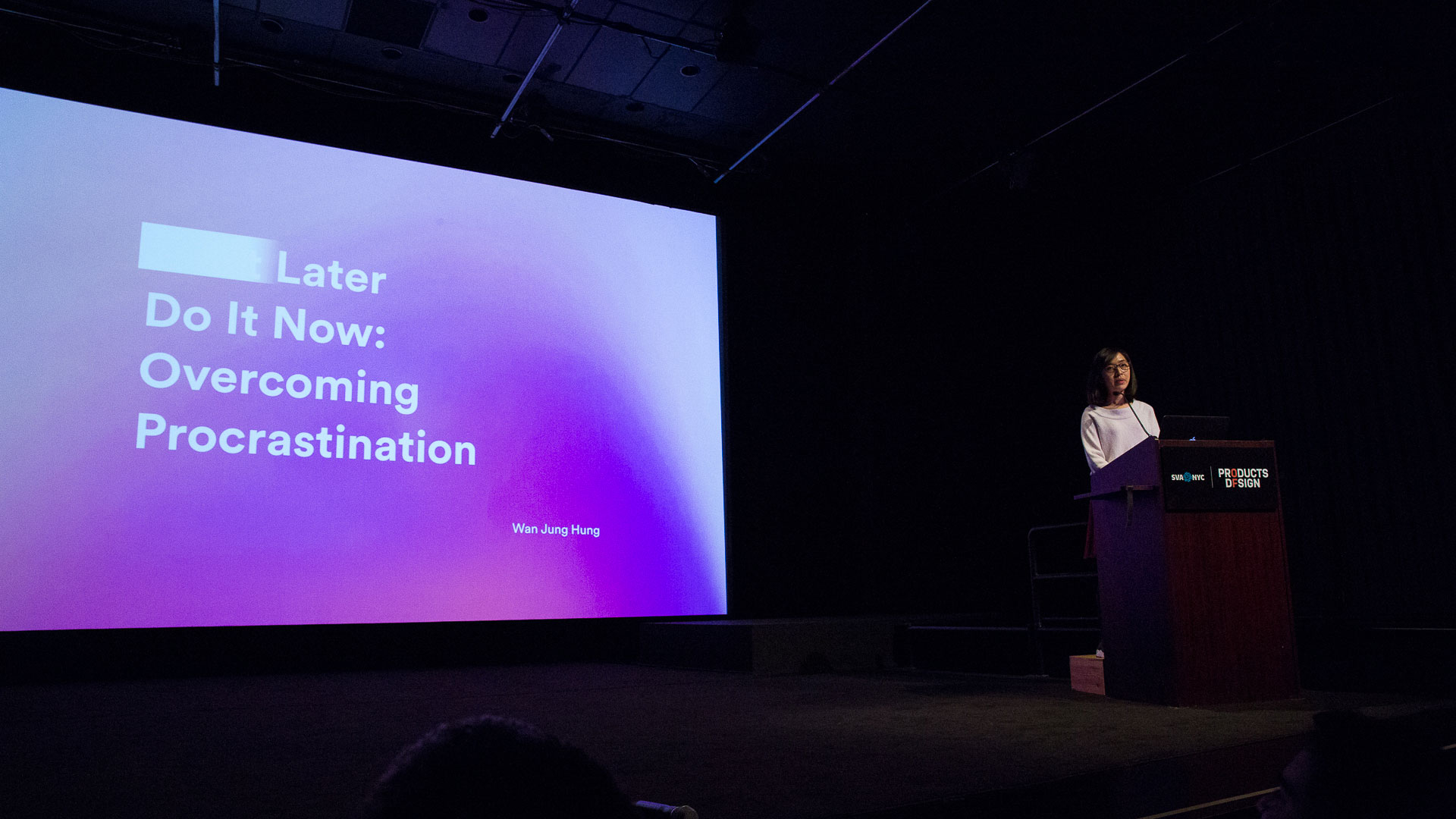
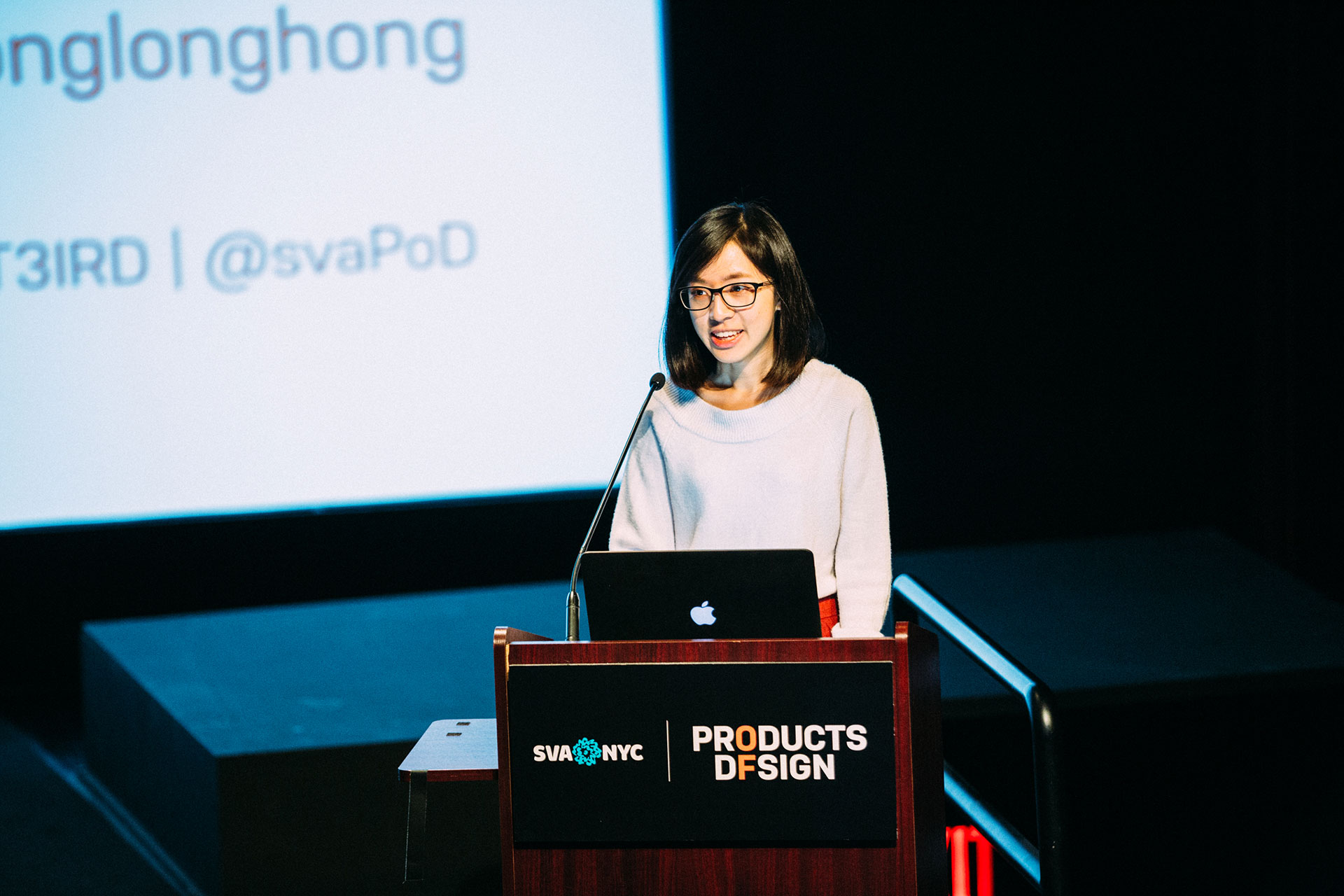
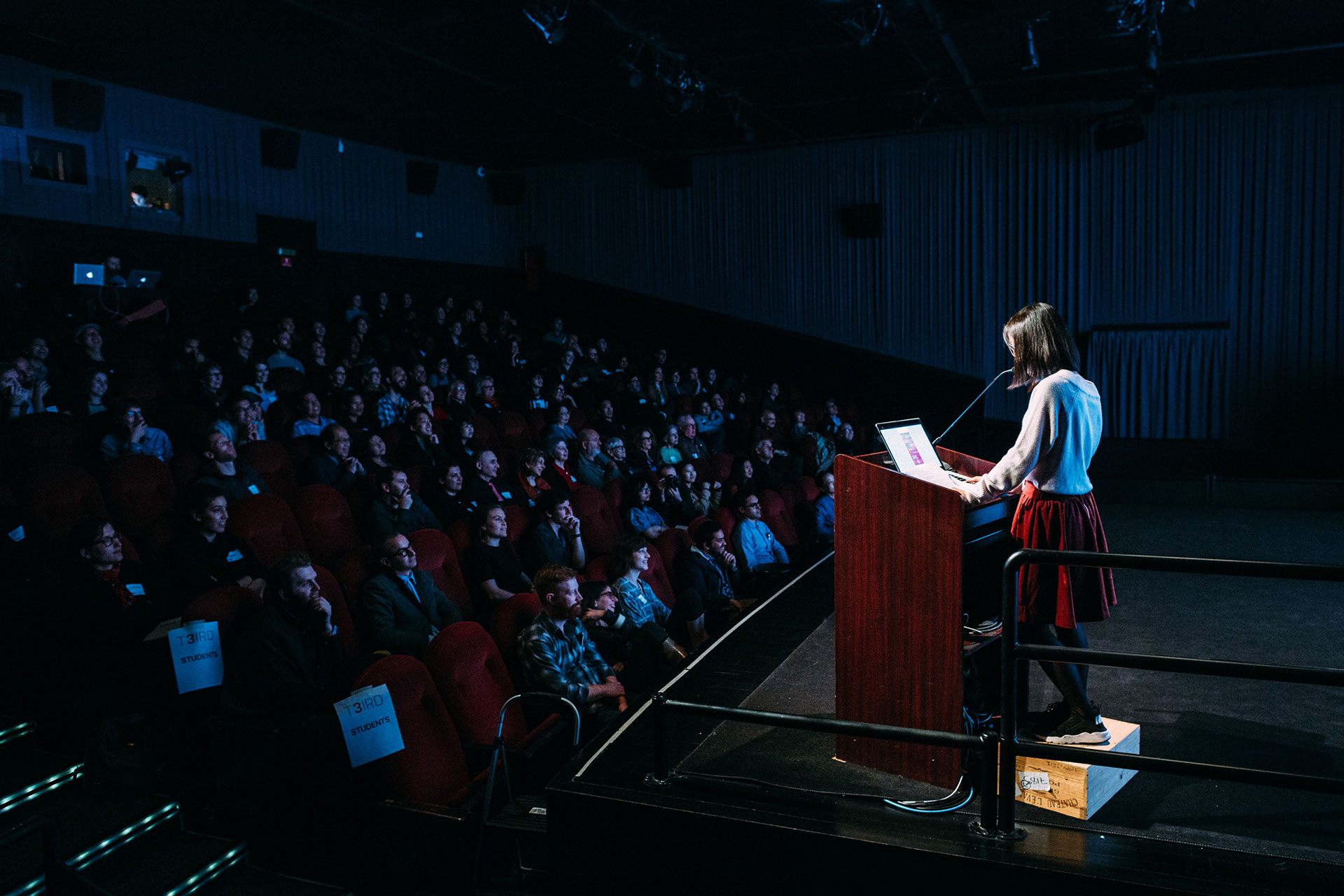


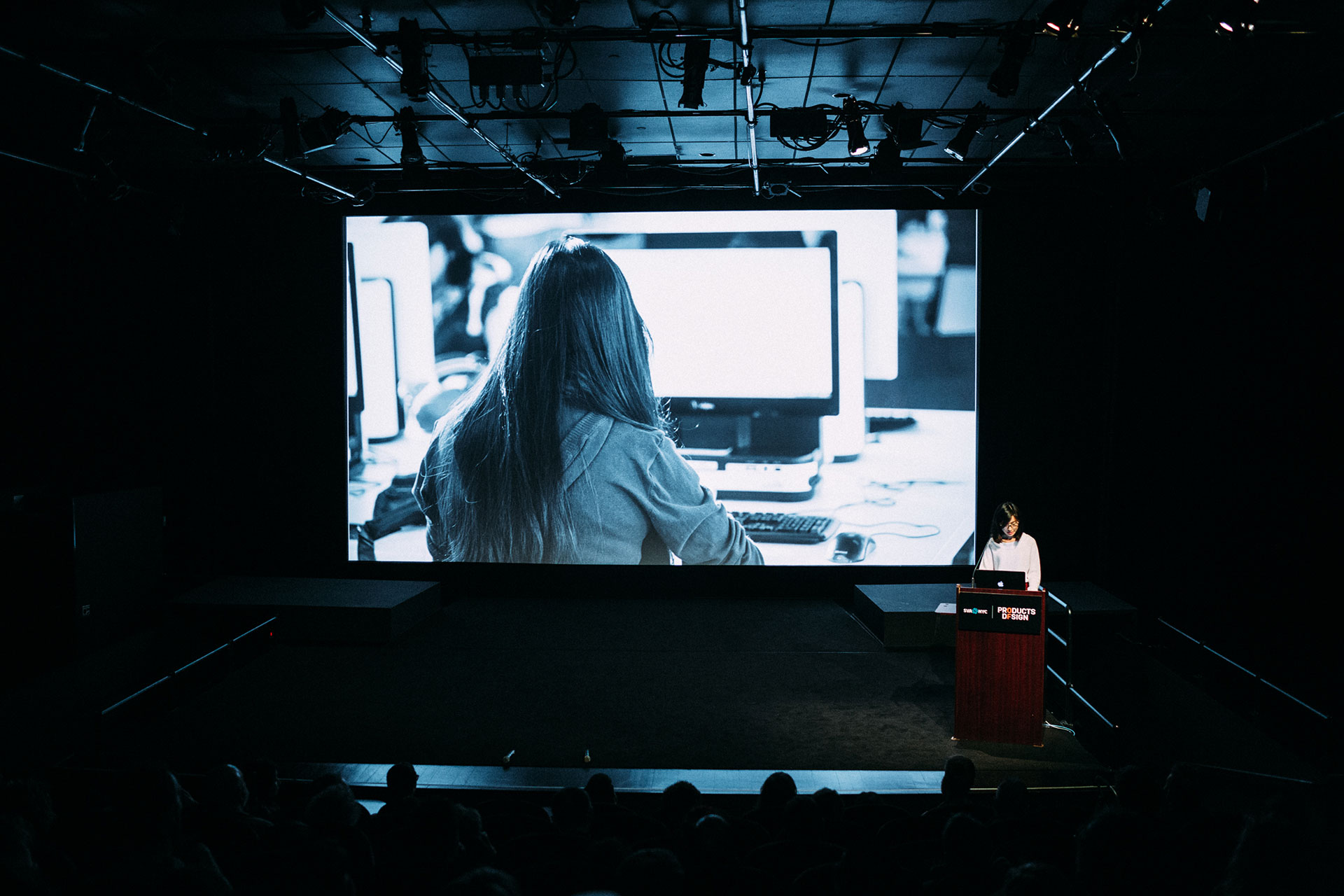
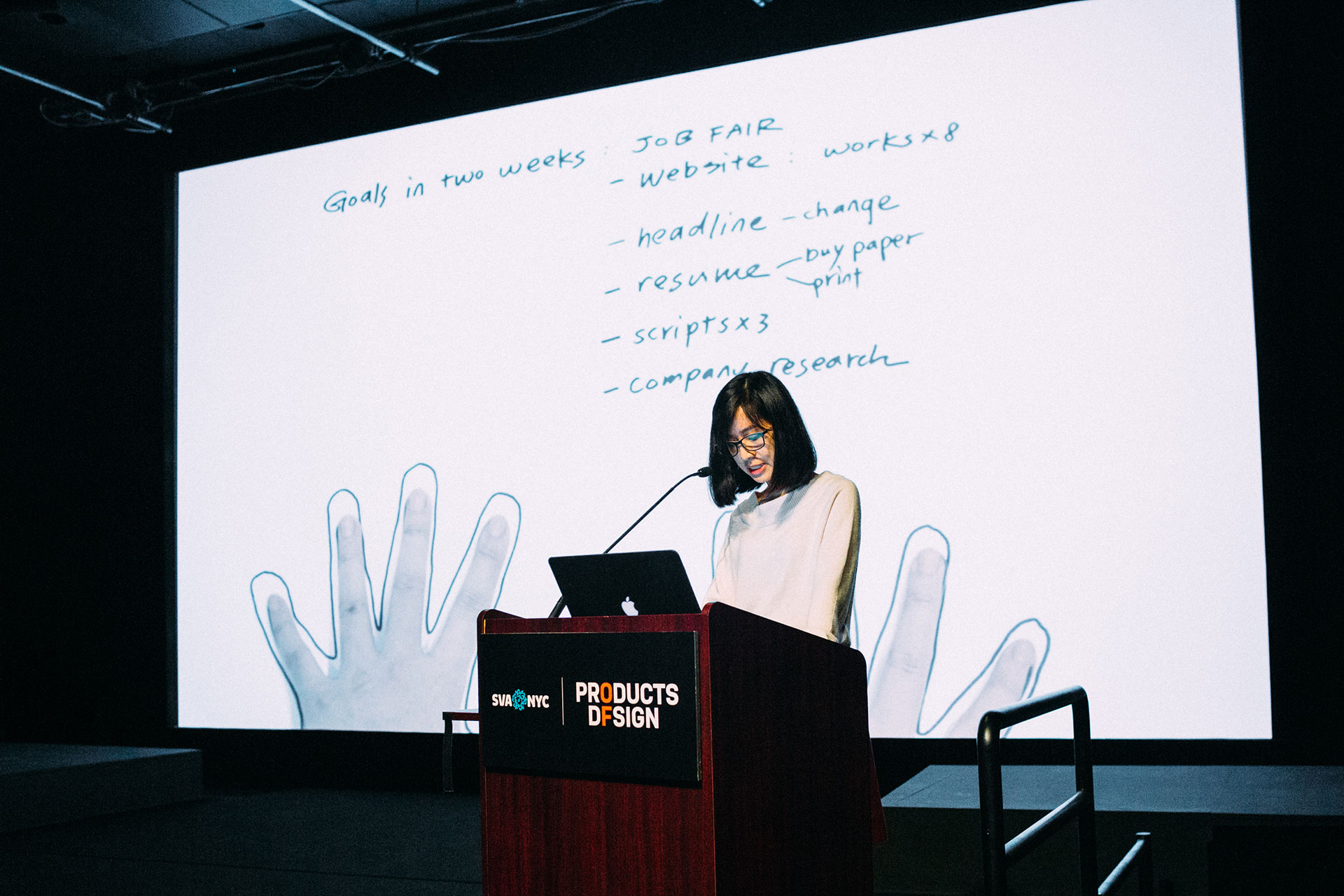
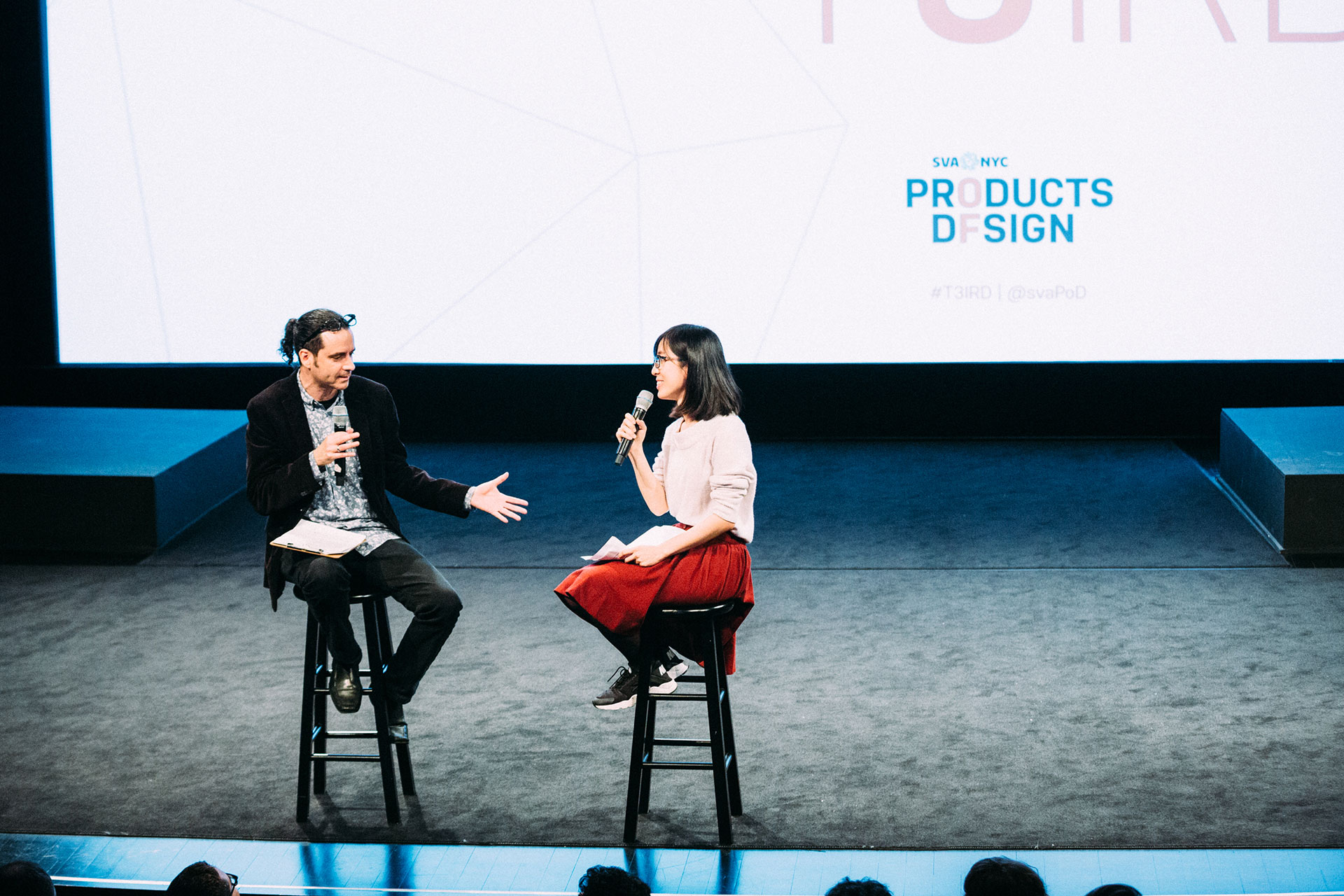
“I am not alone in suffering from procrastination,” Wan Jung argues. “In fact, I don’t even need to explain what procrastination is because everyone has the experience of putting something off. Neuroscientific research shows that when people procrastinate, the unconscious brain (the limbic system) has an argument with the planner brain (the prefrontal cortex). And usually, the limbic system wins,” Wan Jung submits. “If we find something to be unsatisfying, our brain immediately steps in to distract us with something more pleasant.”
And predictably, the most prevalent theme she saw in her research was that screens are the biggest cause of procrastination. “Research shows that people are easily distracted by the internet,” Wan Jung observes. “We live in a fast-changing world with technological advances that make it easy to work 24 hours a day...but also procrastinate 24 hours a day!” The Internet offers limitless information, ideas and possibilities, and the constant threat of information overload leads many of us to procrastinate.
“When I photographed the Products of Design Masters Thesis presentations last year. I wondered if I would be anxious on stage when it was my turn. Thinking back to the all-nighters and the last minute work during the year, I decided that I needed to overcome my procrastination. I knew the only way I could do this was to literally make it my thesis topic.”
During the first semester of the thesis, Wan Jung shared a GoogleDoc of her thesis draft with her classmate, Qi. Qi’s profile picture would show up whenever she opened the link. And as Wan Jung was typing her thesis, she had the feeling that Qi was looking at her. “It was was like Qi was keeping an eye on me, because it was an “eye”—it felt like I was really being watched.”
So Wan Jung mocked up a low-fidelity prototype of the eye in sticker form, so that people could attach it to their phone...to keep an eye on them and keep their tasks on track.
Watching You
Watching You is a device that tracks people’s movements and puts just enough pressure on them to motivate them to do their work. A user hangs “Watching You 1.0” on the wall in front of their desk. When the user moves, the googly eyes follow them. Watching You 2.0 is a smaller version of Watching You 1.0 that can be attached to their screen, next to the webcam. When users spend too much time on social media or playing games, the googly eyes will show up and surprise them.
Watchy.me
Building upon Watching You, Wan Jung created Watchy.me. Watchy.me is a productivity app that imposes itself over your other apps. Unlike apps that analyze or track users’ data, Watchy.me presents a more direct and active way to help people stay focused. When users spend more than half an hour on social media, Watchy.me pops up on their screen and shows them how distracted they’ve been. If they dismiss Watchy.me and keep browsing, the eyes—now red with fatigue—pop back up and start tracking their finger movements. Check out the video below.
Nail artists applied check-box patterns on one of the participant’s hands, while discussing how to break down their goal into five consecutive steps. Next, participants were asked to choose five corresponding icons, which the nail artist then applied to their other hand.
It’s Time to Nail It
Procrastinators like to make plans, but generally, their plans are simply not realistic. Sometimes, the plans turn out to be impossible; other times, they cannot figure out where to start. "Sometimes," Wan Jung offers, "the to-do list is not clear enough for them to actually use it for guidance."
When Wan Jung interviewed writer and critic Rob Walker about productivity and procrastination, he responded: “The dangerous part is that the list seems to be very productive, but actually I don’t get anything done at the end of the day.” She felt the same; she spent a lot of time making lists but not doing the tasks. She created “3D nail art” to physicalize the tasks—one for calling her dad, one for doing her laundry. When she completed her tasks, she simply removed the 3D nail art that corresponded to that task.
In order to bring this experience to life for others, Wan Jung designed an experience called “It’s Time to Nail It.” She worked with Xoumeng Mou, first year student, to design the first prototype. When they discussed Xoumeng’s two-week personal goals, they found that there were too many things on her to-do list. They narrowed down her list to a single concrete goal: the department’s job fair—which was to be held in two weeks time. After walking through the details, she wrote down several incremental steps she would take in order to complete the ultimate goal. Wan Jung put checkboxes on each of the fingernails of Xoumeng’s left hand, and icons related to her steps on her right hand.
She designed several icons, printed out stickers on clear vinyl, and tested different ways of attaching them to people’s nails. (For some, the stickers lasted for one week if they didn’t pull them off. She also got feedback about using a UV lamp to speed up the process and improve the color choice.) She proceeded with a straightforward process: painting with base nail polish, attaching stickers, and then applying a top coat to seal. Regular nail polish lasts for only a week, so she switched to the longer-lasting gel polish.
On March 20th, Wan Jung held the It’s Time to Nail It event—a pop-up nail salon aimed at helping people to overcome their procrastination. After signing up, participants came to the nail salon to create their own reminders. First, they filled out a worksheet, itemizing personal goals that could be achievable within two weeks. Simultaneously, nail artists applied check-box patterns on one of the participant’s hands, while discussing how to break down their goal into five consecutive steps. Next, participants were asked to choose five corresponding icons, which the nail artist then applied to their other hand. Once they had finished, the photographer photographed and published their hands “as a public demonstration of the participants’ commitment,” says Wan Jung.
Many procrastinators live within their own versions of the passage of time—where their notion of time does not match actual ‘clock time.’
After a week, Wan Jung sent follow-up letters to each respondent. “The reminders really worked, and kept the participants driving towards their goals,” she reports. “Some admitted that they had forgotten the specific meaning of each icon, but were continually reminded by their nail art to continue working on their challenges. It seemed to be really effective.”
Olaf
One of the participants of the event reported that the part of the experience she liked most was talking to someone about her goals. “The talking helped her understand the things she needed to work on, as well as the things she had forgotten to do,” says Wan Jung. From these insights, Wan Jung created Olaf—a personal assistant app that uses a conversational user interface and a bot.
Olaf has its own personality. Users can speak directly to Olaf as a way to manage their calendar. Olaf lets users be honest about their excuses for wanting to cancel a meeting or skip a class, and sends out texts and emails to reschedule. If a user uses the same excuse to reschedule, Olaf will show the record of their excuses to remind them of what they've been putting off. If users reschedule too many times, Olaf will show the excuses running out.
Mary-Kate
For her final project, Wan Jung created Mary-Kate—a goal-setting timer for procrastinators that displays how much they have worked on their goal each day. “Many procrastinators live within their own versions of the passage of time—where their notion of time does not match actual ‘clock time.’” Wan Jung adds, “In order to change a procrastinator’s perception of time, I thought about using the 25-minute interval popularized by the Pomodoro Method, which breaks one’s working time into individual 25-minute intervals separated by short breaks.” She adds, “The technique has proven effective in helping many people to be more productive.”
Mary-Kate has two screens. The screen on the right is a timer. When users press the start button, 25 blocks show up—one for each minute. As time goes by, the blocks disappear on right screen. When you’ve completed one 25-minute session, a block shows up on the left screen, displaying how much time you have spent on your goal. Here, "time increments" are reframed as "accomplishment increments"—helping users see their investment of time as investments in purpose.
In the end, Wan Jung hopes that her thesis work will help people reconsider their procrastination, increasing their productivity and improving their wellbeing.
See more of Wan Jung’s thesis work at wanjunghung.com and contact her at wanjunghung[at]gmail[dot]com.
















